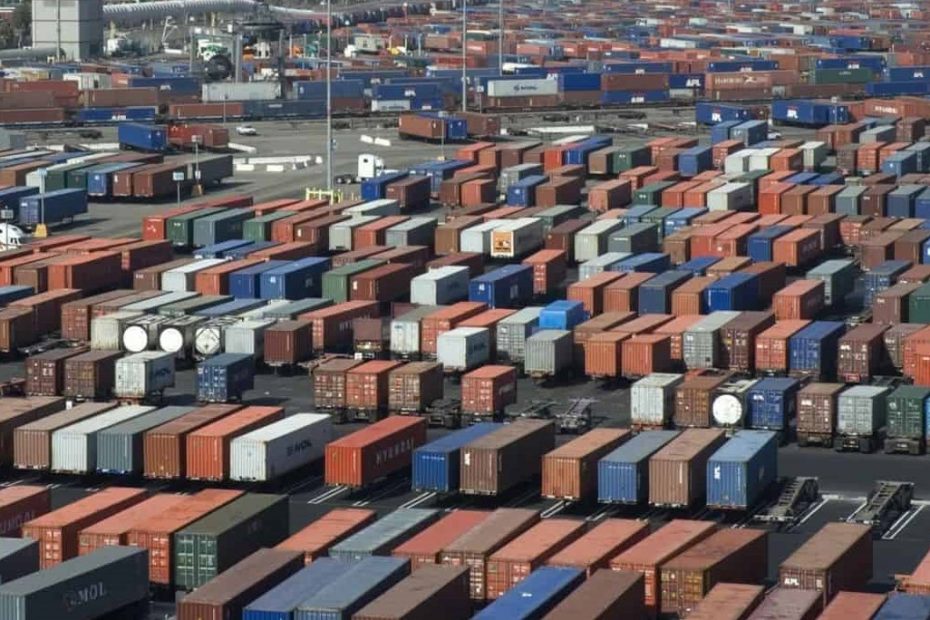Category : Events | Sub Category : Internal Posted on 2021-01-04 00:00:00
Share: Facebook | Twitter | Whatsapp | Linkedin

The pandemic covid-19 outbreak has disrupted many economic activities, including in the sector of transportation, logistics, supply chain, shipping, etc. Coming to the fourth quarter last year (2020) and predictably would continue in the first quarter this year (2021), the dominant issues in these sectors include the container shortage, high freight rate, and potential congestion at some ports.
What makes the ports face congestion during this pandemic? In its recent report, Drewry, a shipping consultant and observer, listed five main factors that had created and would potentially create port congestion.
First, tight capacity management and increased blank sailings by carriers: The pandemic-led lockdowns disrupted global trade. Across the supply chain, container shipping alliances were the fastest to respond – curtailing services on certain routes or cancelling (blanking) port calls. This has disturbed the containers demand and availability equilibrium at ports.
Second, unexpected increase in demand: 1) the sudden spike in container volumes to meet the higher demand following the reopening of economies after lockdowns, 2) the usual pick-up in demand before the holiday season, and 3) front loading of orders by importers to safeguard themselves from any supply chain disruption that could be triggered by a second wave of infections (which has already become a reality in some parts of the world), have led to congestion at ports (mainly in the US – Los Angeles and Long Beach). Ports are generally characterised by fixed capacity which cannot be changed/modified to meet the short-term requirements.
Third, cost management tactics adopted by ports to combat the impact of COVID -19: Container ports deployed cost management strategies to save the bottom line from the COVID-19-led decline in revenue. However, these strategies have resulted in unwarranted consequences once the operating environment improved. In Felixstowe (UK), the decision to let go the contract workers to lower the cost has left the port underprepared for a steep recovery in volumes that started in 3Q20 and has resulted in the current congestion at the port.
Fourth, ripple effect of congestions at nearby ports: The heavy congestion at Felixstowe (UK) has not only overburdened other ports in the UK (Southampton) but also ports of northern Europe (Rotterdam and Zeebrugge) as carriers have stopped calling Flexistowe and are instead unloading containers at nearby ports.
Fifth, increased health measures adopted to safeguard against COVID-19 infections: Several ports in China are facing congestion as the country mandated COVID-19 checks primarily to stop the spread of the infection.